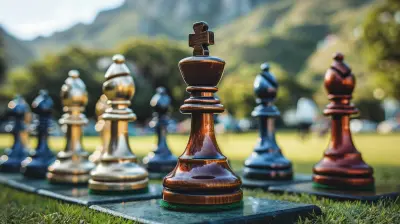GPS vs Rangefinders: Which Golf Tool is Right for You?
1 October 2025
Ah, golf. The game of long walks, deep concentration, and that constant pursuit of perfection. Whether you’re a scratch golfer or someone who’s still wrestling with their short game, you’re probably always looking for ways to tighten up your play. And that brings us to a modern dilemma on the course—should you use a GPS or a rangefinder?
Both tools are designed to help you get the most accurate yardage possible, but they go about it in different ways. So, which one’s better? Is it even a matter of better, or just personal preference? Let’s tee off into the details and see which one might be best for your game.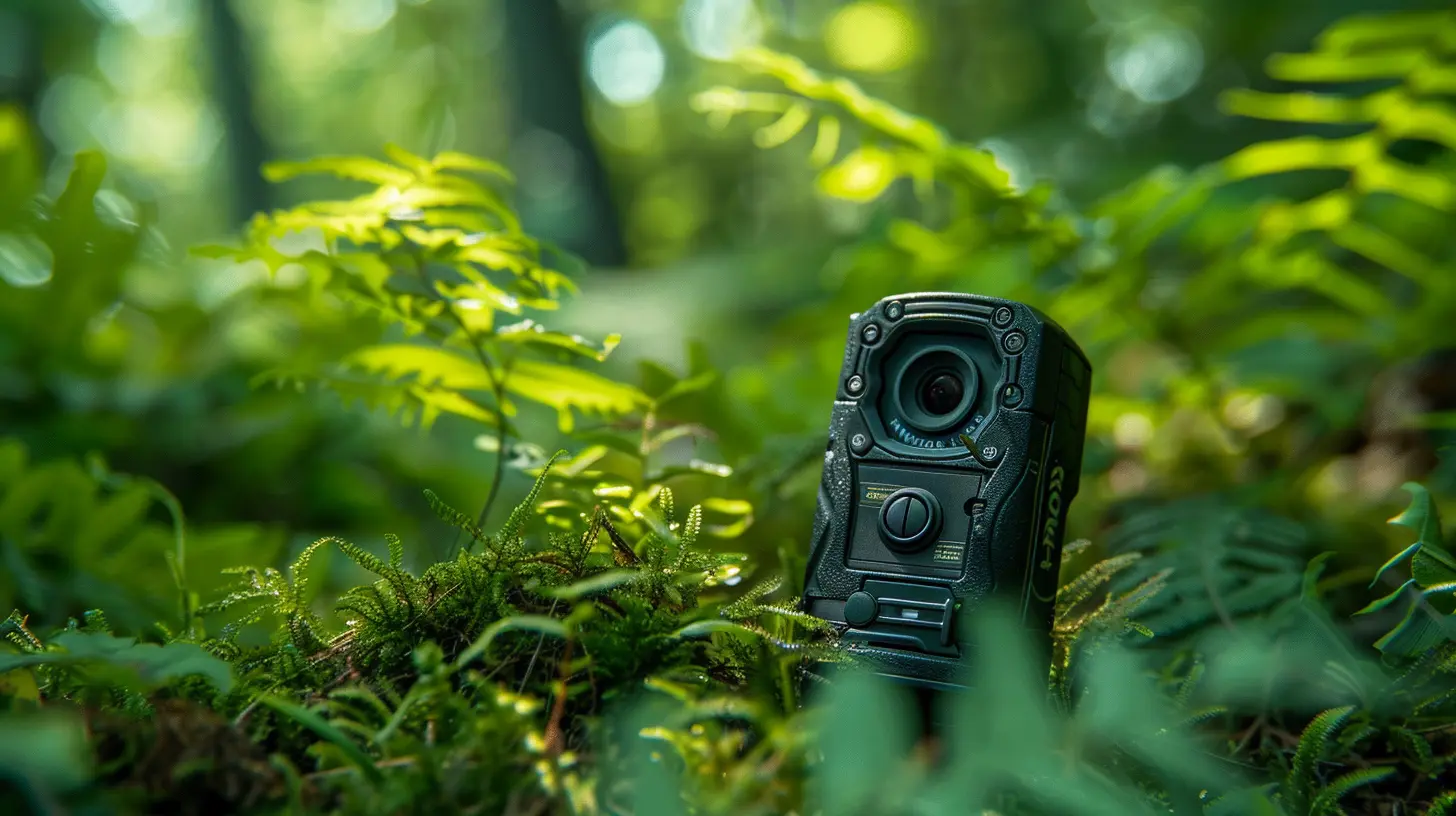
What Is a Golf GPS?
Before we get into the nitty-gritty, let’s break it down.A golf GPS (Global Positioning System) is a device—or an app on your smartphone or smartwatch—that uses satellite technology to give you distances on the course. It typically shows a digital overview of each hole, with distances to the front, middle, and back of the green, and sometimes hazards or lay-up zones.
Some GPS devices come preloaded with thousands of courses, while others rely on real-time data to give you live readings.
Pros of a Golf GPS
- Course Strategy at a Glance: Think of it like having a bird’s-eye view of the battlefield. Want to know how far that bunker is? It’s right there on your screen.- Multiple Yardages: Instead of just the pin, GPS shows you the distance to different parts of the green and hazards.
- Hands-Free Options: Many golf watches or voice-enabled GPS units let you play without digging into your pocket every shot.
Cons of a Golf GPS
- Not Pinpoint Accurate: GPS is usually accurate within a few yards. Not a big deal for a casual round, but maybe not ideal on a money shot.- Signal Dependency: No signal? No data. Some remote courses or heavy tree coverage can make GPS a bit flaky.
- Battery Life: Your phone or watch might not survive 18 holes on full GPS mode if it’s not fully charged.
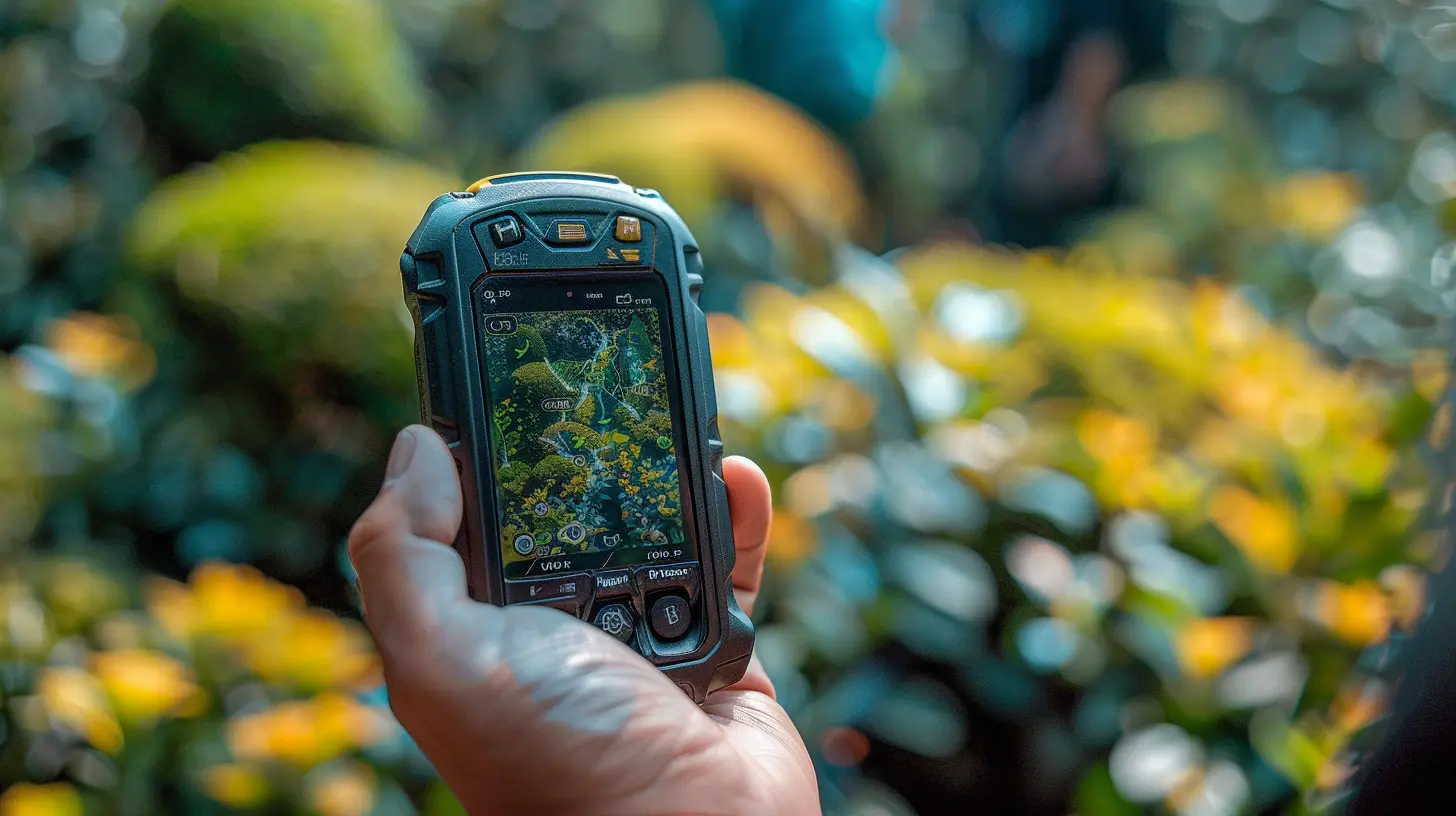
What Is a Golf Rangefinder?
Now let’s talk rangefinders. These high-tech binoculars use laser technology to measure the exact distance between you and a specific point—usually the flagstick. No guesswork, no estimates—just point, shoot, and get the number.Pros of a Golf Rangefinder
- Pinpoint Accuracy: Laser rangefinders offer dead-on yardages, often within a yard. Perfect for dialing in those approach shots.- No GPS Required: Doesn’t matter if you’re in the middle of nowhere—if you can see the target, it’ll give you a number.
- No Monthly Fees or Subscriptions: Once you buy it, you’re done. Most GPS apps charge for updates or extra features.
Cons of a Golf Rangefinder
- Line of Sight is a Must: If you can't see the flag (because of trees, doglegs, or elevation), you’re out of luck.- No Hazard or Green Front/Back Info: Rangefinders are great for flags, but they don’t really help you with course layout.
- More Involved: You’ll need to pull it out, aim, and shoot for each shot. Not ideal if you’re trying to keep pace.
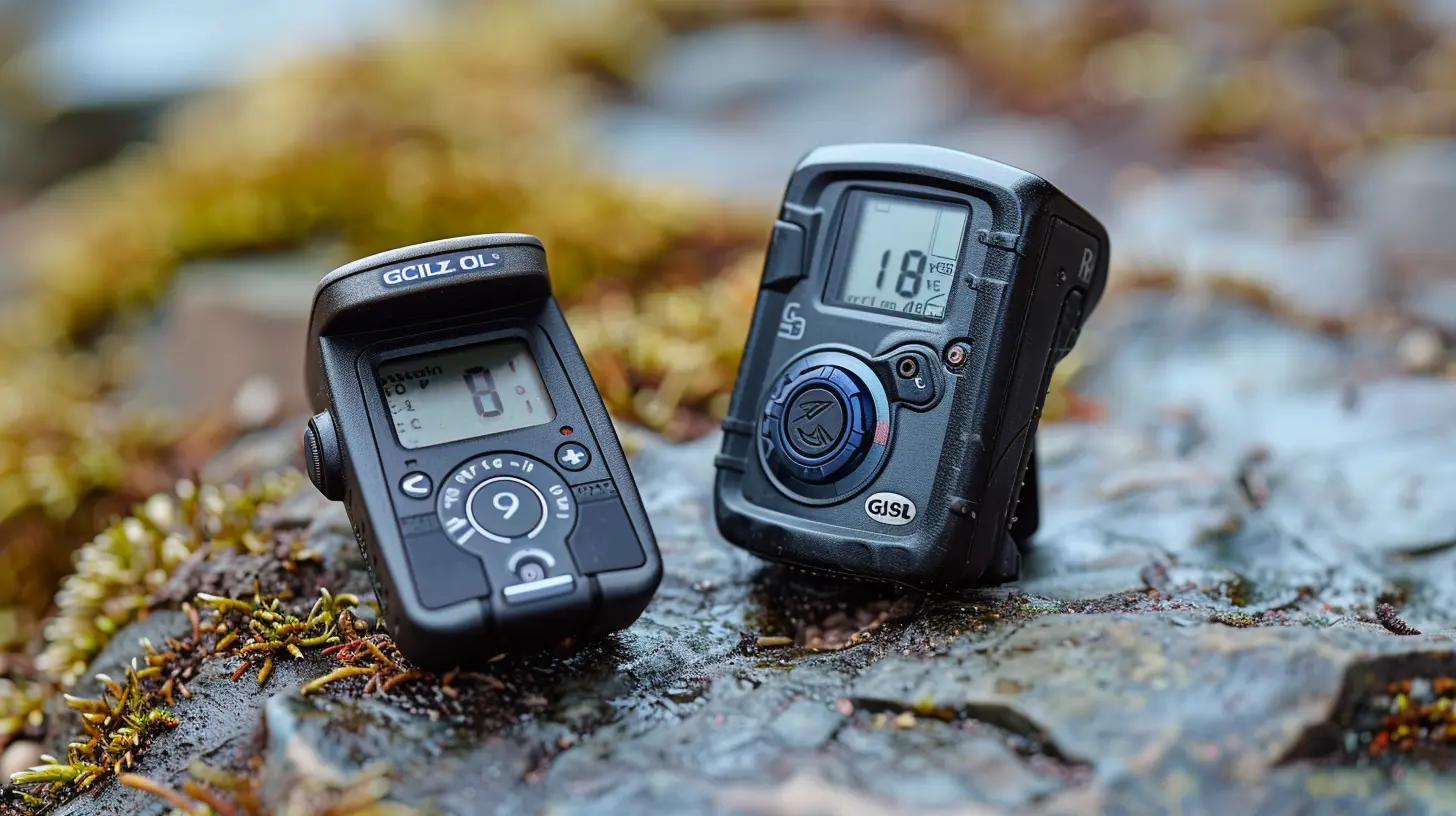
GPS vs Rangefinders: Comparing the Essentials
Let’s put this showdown into perspective by lining up the most important features side-by-side:| Feature | GPS Devices | Rangefinders |
|-----------------------|------------------------------|-----------------------------------|
| Accuracy | Good (within 3-5 yards) | Great (within 1 yard) |
| Course Info | Full hole layout, hazards | Only what you can see |
| Ease of Use | Very simple, mostly automated| Takes a few seconds per shot |
| Visibility Required | No | Yes |
| Battery Life | Limited (especially on phones)| Long-lasting with replaceable batteries |
| Cost | Varies (some monthly fees) | One-time purchase |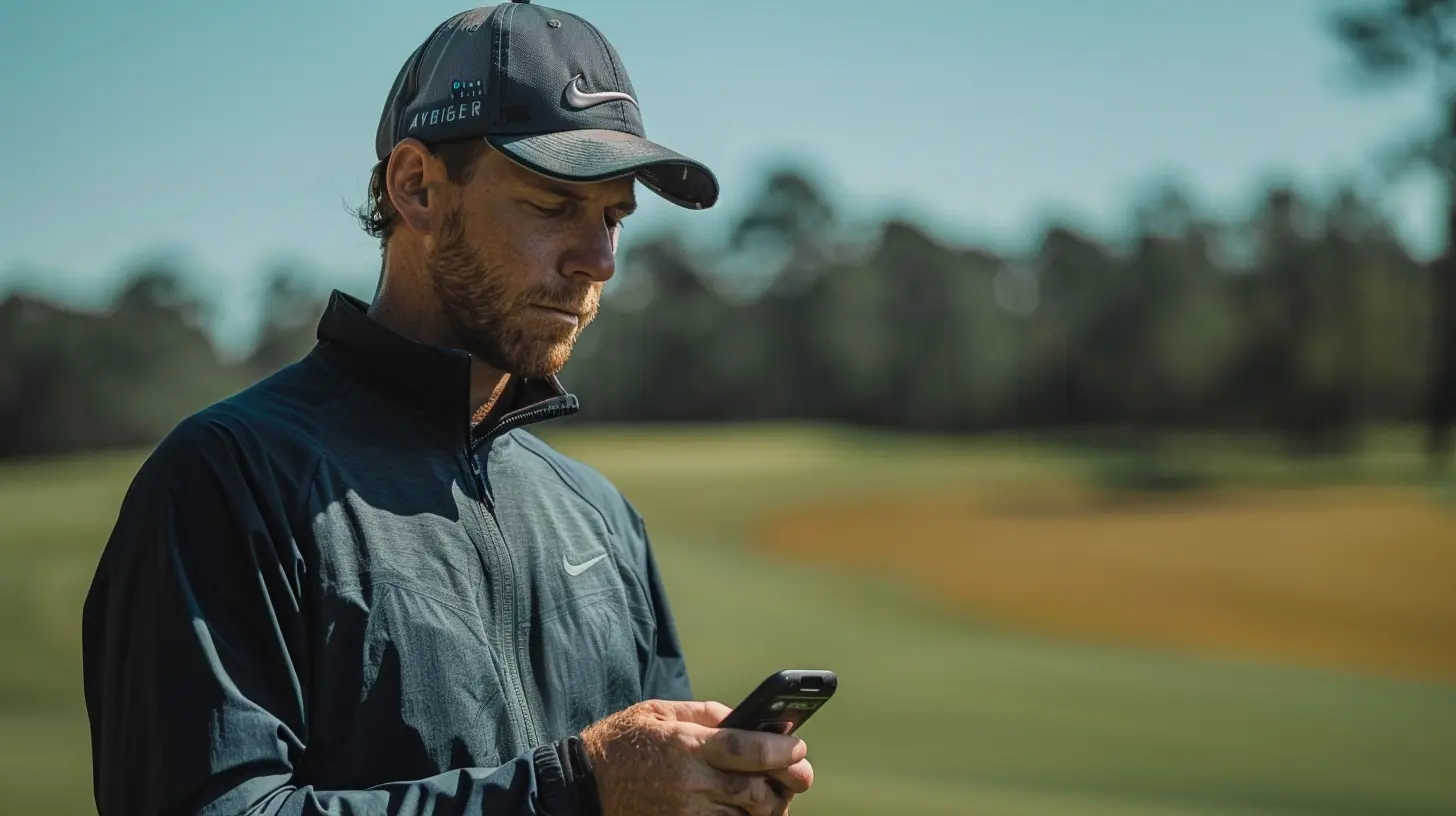
When Should You Use a GPS?
Let’s say you’re a weekend warrior who plays a couple of times a month, and you’re more focused on having a good time than chasing birdies. A GPS device is probably right up your alley. It gives you the lay of the land, helps you plan your shots, and doesn’t require much fiddling around.It’s also a great tool for beginners. Let’s be honest—if you’re spending more time looking for your ball than lining up shots, a laser rangefinder might be overkill. A GPS lets you focus on enjoying the game and slowly understanding course management without being overwhelmed.
When Should You Use a Rangefinder?
Now, if you’re someone who plays regularly, has a single-digit handicap, or just loves the precision and detail of each shot, a rangefinder is your best friend.Imagine this—you’re standing on the fairway, 128 yards to the flag. You know you hit your 9-iron 130 on a good day. With a rangefinder, you can make that decision with confidence. That’s the kind of accuracy that can shave strokes off your score.
Rangefinders are also fantastic on unfamiliar courses. If you’re playing in a tournament or traveling to a new golf destination, you want to have confidence in every club you pull. Being able to lock onto a flag and know your exact number is clutch.
What About Using Both?
Here’s a sneaky little golf hack—not many folks think of doing this, but you can absolutely use both.Yep, GPS + rangefinder = the ultimate yardage combo.
You can use the GPS to get a general sense of the hole—where the hazards are, how the green is shaped, and how to plan your attack. Then, break out the rangefinder for those precision approach shots or when the flag is tucked in a corner and you want to get ultra-specific.
It’s like using a map for the big picture, and a magnifying glass for the details.
Sure, it’s extra gear in your bag, but hey—so is that 60-degree wedge you "sometimes" use.
Golf Watches: A Quick Note
Let’s not forget the rise of golf smartwatches. These are basically mini GPS devices strapped to your wrist. Some even come with built-in score tracking, swing analysis, and fitness metrics.For those who want an all-in-one device without carrying anything extra, golf watches are a sweet middle ground. While they don’t offer laser-precise yardages, they’re super convenient.
Budget Considerations
Let’s talk dollars and cents.GPS apps can be as cheap as free (with ads or limited features), while quality handheld devices and smartwatches range from $100 to $400. Many also come with optional subscriptions for updates or advanced features.
Laser rangefinders, on the other hand, usually start around $150 and can go up to $600 for the high-end models with slope adjustment and stabilization.
So, ask yourself: how much are you willing to invest in your golf game? If accuracy is worth the price tag, a rangefinder might be your jam. If you’re more about overall course awareness and don’t mind a few-yard difference, GPS gets the job done.
Feature Spotlight: Slope Technology
Some rangefinders and GPS devices now come with slope-adjusted distances—meaning they factor in elevation changes. That 150-yard shot uphill? It might actually play like 165. Pretty cool, right?Keep in mind: slope functionality is often not allowed in tournament play unless it can be turned off. If you're competing, always double-check the rules.
Final Thoughts: So, Which One Should You Choose?
Truthfully? There's no universal answer here.It all comes down to how you play, what you value in your equipment, and how you like your yardages served up—general overview or sniper-precision.
If you’re all about ease, simplicity, and seeing the course layout, go GPS.
If you're hungry for sharp numbers and crave that dialed-in precision, grab a rangefinder.
And if you want the best of both worlds, carry both. No shame in being overprepared when you’re chasing that elusive under-par round.
So next time you're out shopping for golf tech or browsing new toys for your bag, ask yourself: Do I want a golfing map, a laser-focused tool, or both?
Fairways and greens, my friend.
all images in this post were generated using AI tools
Category:
GolfAuthor:

Umberto Flores
Discussion
rate this article
1 comments
Paris McAllister
Oh, the eternal struggle! Because who doesn’t love spending extra time deciding between a gadget that talks to you and one that just sits there?
October 27, 2025 at 11:16 AM

Umberto Flores
I get it! Choosing the right tool can be a challenge, but both GPS and rangefinders offer unique benefits for your game. It ultimately depends on your preferences and playing style!


